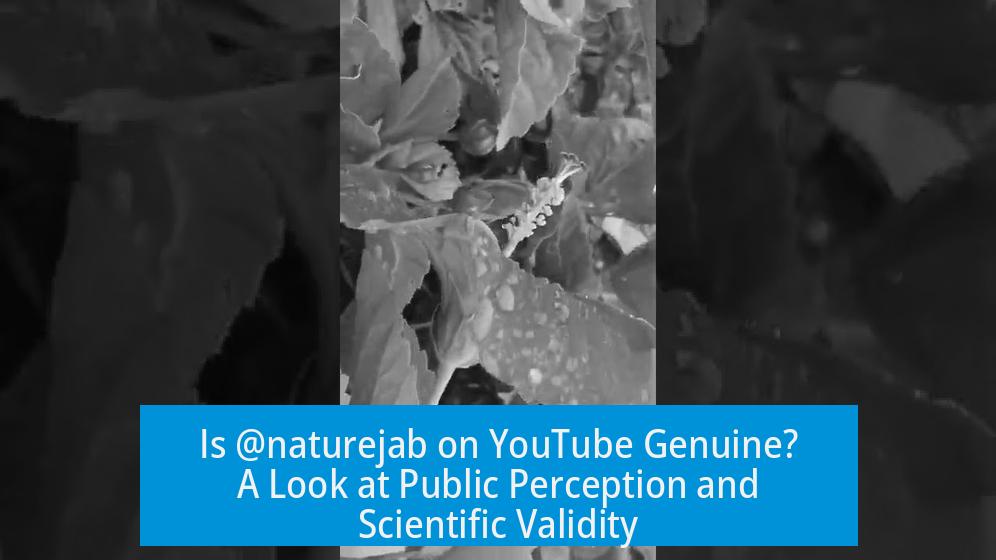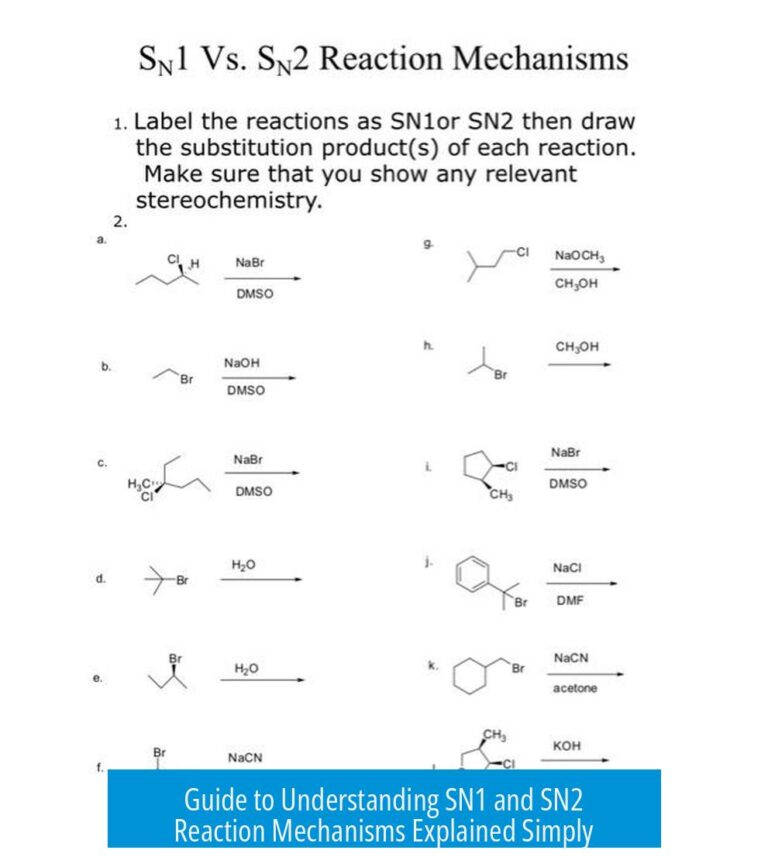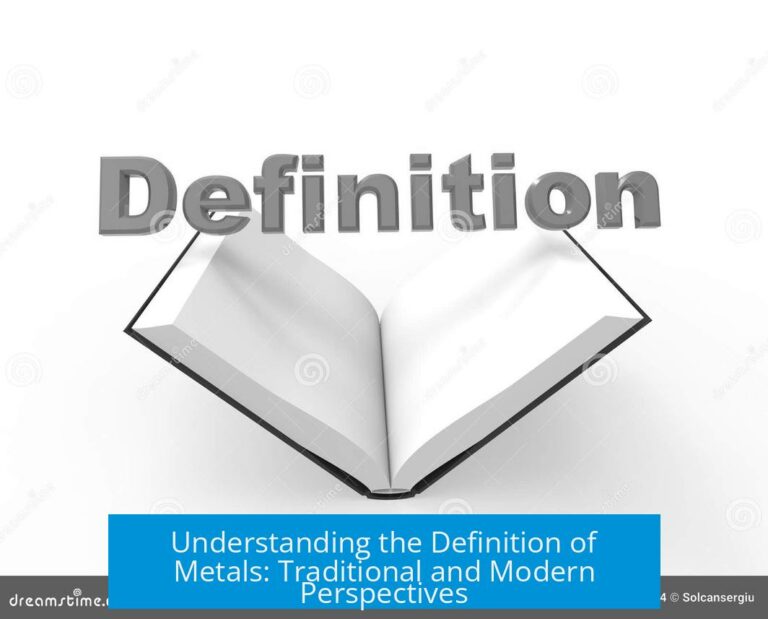Is @naturejab on YouTube Real?

@naturejab on YouTube is a real individual conducting experiments related to plastic pyrolysis, but the legitimacy and accuracy of his results and claims are widely disputed. The fundamental science he uses—thermal decomposition of plastics by microwave pyrolysis—is a valid chemical process. However, experts and viewers criticize his approach for inefficiency, exaggeration, unsupported claims, and safety concerns. The following sections detail these points.
Identity and Public Perception of @naturejab
@naturejab is known for showcasing experiments that involve breaking down plastics via microwave heating. Some observers note incidents where he encountered accidents, such as a vacuum explosion, highlighting risky practices. Although his videos appear genuine, skepticism arises because he allegedly makes misleading claims about the substances produced. For example, he once claimed to generate natural gas byproduct from propane tanks, which critics identify as false.
Validity of Scientific Work Behind the Channel
The basic science behind microwave pyrolysis is established. It can break polymers into smaller molecules, potentially forming fuels. However, @naturejab’s assertions about creating viable fuels like diesel or gasoline lack rigorous chemical analysis. Independent experts emphasize that without proper testing—such as chromatographic or spectroscopic analysis—his “burnable substances” cannot be classified as commercial fuels. Additionally, the conversion of aromatic plastics tends to produce coke deposits, problematic in practical reactors.
- Pyrolysis of common plastics like polyethylene is possible but not novel.
- Recycling and reuse of plastics remain preferred methods over energy recovery.
- The scientific community recognizes microwave pyrolysis but uses controlled, industrial processes.
Technical Efficiency and Process Limitations
@naturejab’s setup reportedly uses household or improvised microwave magnetrons. These components have limited operational lifetimes and questionable energy coupling efficiency. Microwave energy absorption by plastic depends on material properties. Using multiple magnetrons without careful phase control can cause destructive interference, reducing heating efficiency.
Industry standards employ advanced equipment such as solid-state microwave sources and vacuum or inert gas environments to optimize pyrolysis. In contrast, @naturejab’s experiments do not quantify:
- Energy input versus fuel output efficiency
- Yield and chemical composition of products
- Operational durability and safety of equipment
This lack of data casts doubt on the practical value of his demonstrations. Scientific rigor demands reproducible and quantitatively analyzed results.
Environmental and Health Concerns
Burning or processing plastics like PVC or polystyrene releases toxic chemicals such as dioxins, benzene, and styrene. Critics point out that @naturejab often works without adequate protective gear or pollution controls. This raises risks of exposure to carcinogens and hazardous emissions. Additionally, some of the produced “diesel-like” oils might contain carcinogenic compounds.
Open combustion or pyrolysis in uncontrolled settings can contribute to pollution or health harm. Industrial processes incorporate emission controls to mitigate these effects. The informal nature of @naturejab’s experiments has drawn caution from knowledgeable observers.
Scientific Context of Microwave Pyrolysis
Microwave-assisted pyrolysis has a long history. Patents and academic studies date back to the 1960s and 1970s. The technique is deployed industrially with sophisticated process controls to convert biomass or plastics into fuels or chemical feedstocks efficiently.
Developments include:
- Use of catalysts to improve conversion and selectivity
- Operating under vacuum or inert atmosphere to reduce energy losses
- Advanced microwave sources for consistent, controllable heating
@naturejab’s work deviates from these standards, emphasizing informal, low-cost experimentation rather than optimized technology.
Need for Transparency and Scientific Rigor
To advance from proof-of-concept to credible technology, there is a call for @naturejab to:
- Quantify efficiency and yields with precise measurements
- Publish detailed methodology and analytical data
- Employ safety protocols to minimize health risks
- Engage with scientific community for validation and improvement
Such rigor would allow independent verification, essential for establishing legitimacy.
Key Takeaways
- @naturejab is a real YouTube content creator experimenting with plastic pyrolysis using microwave technology.
- The underlying science of pyrolysis is legitimate, but claims of producing commercial-grade fuels are unverified.
- Technical inefficiencies and lack of quantitative data undermine the credibility of his results.
- Environmental and health risks arise due to toxic emissions and insufficient safety measures.
- Microwave pyrolysis is an established industrial process, but @naturejab’s approach falls short of professional standards.
- Greater transparency, scientific rigor, and safety adherence would improve the value of his work.
Is @naturejab on YouTube a real person?
Yes, @naturejab is a real person on YouTube. He posts videos about converting plastics into fuel using microwave pyrolysis. However, some viewers question his safety practices and the accuracy of his claims.
Is the science behind @naturejab’s videos valid?
The basic science of pyrolysis he uses is real and established. But many say his claims are exaggerated. He sometimes presents results without clear analysis or proof that his fuel is genuinely diesel or petrol.
How efficient is @naturejab’s method of converting plastic to fuel?
His method is currently inefficient. Experts note he wastes a lot of energy and does not measure or report yield and efficiency clearly. His setup also uses magnetrons in a way that may reduce performance further.
Are there health or environmental risks with @naturejab’s process?
Yes. Burning pyrolyzed materials like plastics can release toxic chemicals. He often handles materials without protective gear, raising concerns about pollution and health effects.
Does @naturejab’s method offer anything new in microwave pyrolysis?
No. Microwave-assisted pyrolysis is a well-known, decades-old process. Industry standards are more advanced and efficient than his approach. He still needs to improve and provide transparent data.





Leave a Comment